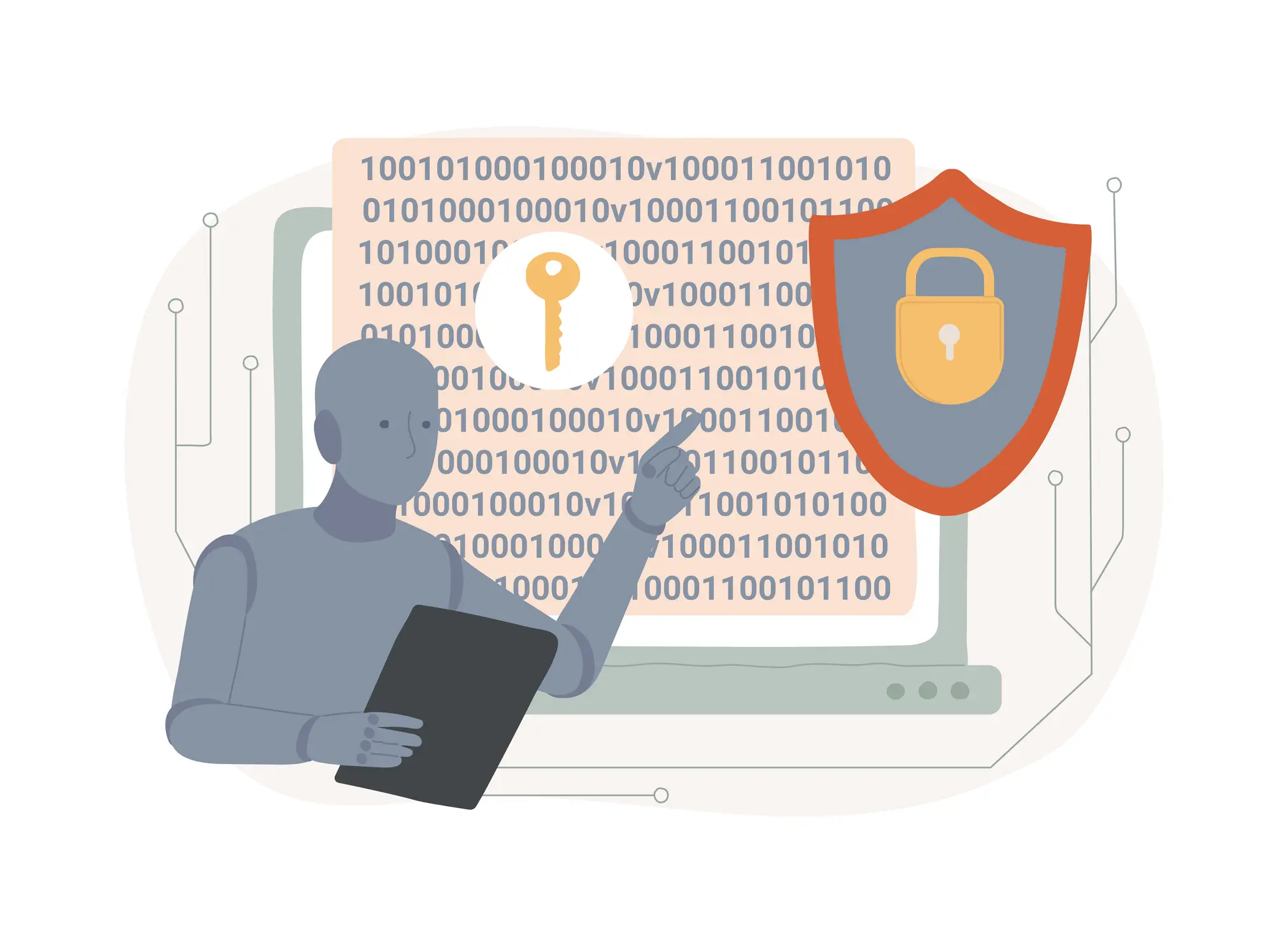Ever wonder why some surveys feel effortless to complete, while others make you want to hit “exit” halfway through? It’s not just about length or layout—it’s about survey psychology.
At the heart of effective survey design is one simple truth: you’re talking to a human. That means your survey needs to appeal to how we think, feel, and behave. Whether you’re trying to improve a product, test a new idea, or just understand your audience better, the way you frame your questions can make or break your data.
Here’s what we’ve learned about the psychology of survey design—and how you can use it to get more honest, thoughtful, and useful responses.
-
Start With the Brain’s Favorite Question: “What’s in it for me?”
Before someone even reads your first question, they’re subconsciously asking: Why should I care? That’s why setting the tone upfront matters. A quick intro that explains the purpose—and ideally, what they’ll get out of it (like improving a product they use or entering a giveaway)—can increase response rates dramatically.
People are more likely to help when they feel their voice has value. This foundational element of survey psychology sets the tone for the entire interaction. -
Cognitive Load is Real—Keep It Light
Our brains don’t like working harder than they have to. If a question is confusing, long, or filled with jargon, respondents either skip it or choose a random answer just to move on.
This is where effective survey design comes in:- Use simple language.
- Ask one thing at a time (avoid double-barreled questions).
- Keep scales consistent (don’t switch from 1–5 to 10–1 halfway through).
- Avoid unnecessary complexity—this isn’t a logic puzzle.
-
The Power of Priming
The order of your questions can influence how people think. Ask a question about job satisfaction right after a question about long hours and stress? You’re likely to get more negative responses.
That’s priming in action—an important concept in survey psychology.
Pro tip: Group questions by theme and start with broader, more neutral ones before diving into emotional or evaluative territory. -
Make People Feel Seen
Ever taken a survey and thought, “None of these answers fit me”? That’s frustrating—and it often leads to drop-off or inaccurate responses.
When designing questions, give people room to self-identify:- Add an “Other (please specify)” option where relevant.
- Use inclusive language.
- Make demographic questions respectful and optional.
Great survey design is a conversation—and nobody likes feeling boxed in.
-
Choice Architecture Matters
The way options are presented influences decisions. For example:
- Too many choices? People may freeze.
- Not enough? They might pick a close-but-wrong option.
The sweet spot is usually 5–7 choices. Randomize answer order (except for scales) to reduce bias. These techniques fall under choice architecture, a subtle but powerful part of effective survey design.
-
Social Desirability Bias is Sneaky
People want to look good—even in anonymous surveys. That means they might overstate positive behaviors (like exercising) and underreport negatives (like missing deadlines).
To reduce this:-
- Use neutral wording.
For example, instead of asking:
“How likely are you to recommend our amazing product to your friends and family?”
Try a more neutral NPS phrasing:
“On a scale from 0 to 10, how likely are you to recommend our product to others?” - Avoid judgmental language.
- Normalize honesty: “Many people find it difficult to…” can help respondents feel safe to answer truthfully.
- Use neutral wording.
Survey psychology helps you create a safe space for truth.
-
-
End on a High Note
The last question shapes the final impression. A warm, open-ended question like “Anything else you’d like to share?” or “What would make your experience better?” gives people a chance to express themselves and feel heard.
And always thank them at the end—it closes the loop and reinforces that their time mattered. -
Acknowledge Feedback and Inform Respondents About Actions Taken
Nothing builds trust faster than showing that you listened—and acted. After collecting feedback, it’s important to close the loop by acknowledging what you heard and communicating any changes made as a result.
Even a simple follow-up like,
“Based on your feedback, we’ve added more flexible scheduling options”
or
“We heard you—new features are coming soon!”
can make respondents feel valued and respected.
When people see that their input leads to real outcomes, they’re more likely to engage with future surveys—and more likely to trust your brand.
Final Thoughts
Survey design isn’t just about asking questions. It’s about creating a psychological experience that respects people’s time, attention, and emotions.
When we apply principles of survey psychology, we get better data—and more importantly, we build trust.
Want to see what this looks like in action?
Check out SurveyVista – we’re obsessed with making surveys that people actually enjoy taking (and that give you the insights you need to grow).
More Like This

Rajesh Unadkat 
Founder and CEO
Rajesh is the visionary leader at the helm of SurveyVista. With a profound vision for the transformative potential of survey solutions, he founded the company in 2020. Rajesh's unwavering commitment to harnessing the power of data-driven insights has led to SurveyVista's rapid evolution as an industry leader.
Connect with Rajesh on LinkedIn to stay updated on the latest insights into the world of survey solutions for customer and employee experience management.



